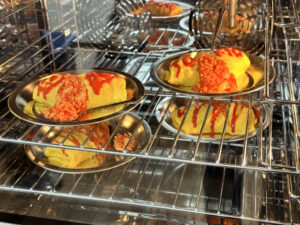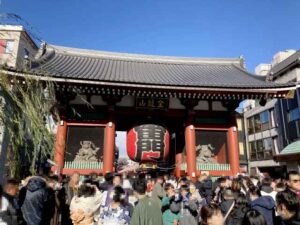Classic Food Samples in Japan
When you hear the term “food samples” you might imagine the delicious-looking displays in front of restaurants.
This is a part of culture that has taken root in Japan.
And it is because of this culture that we also have “classic” examples of food samples.
Whether you are a Japanese person who feels nostalgic when you see food samples, or a foreigner who is not so familiar with them, we would like to introduce you to some of the classic food samples!
In this article, we will find out what the most classic food samples are, and what it is about them that makes food samples so popular.
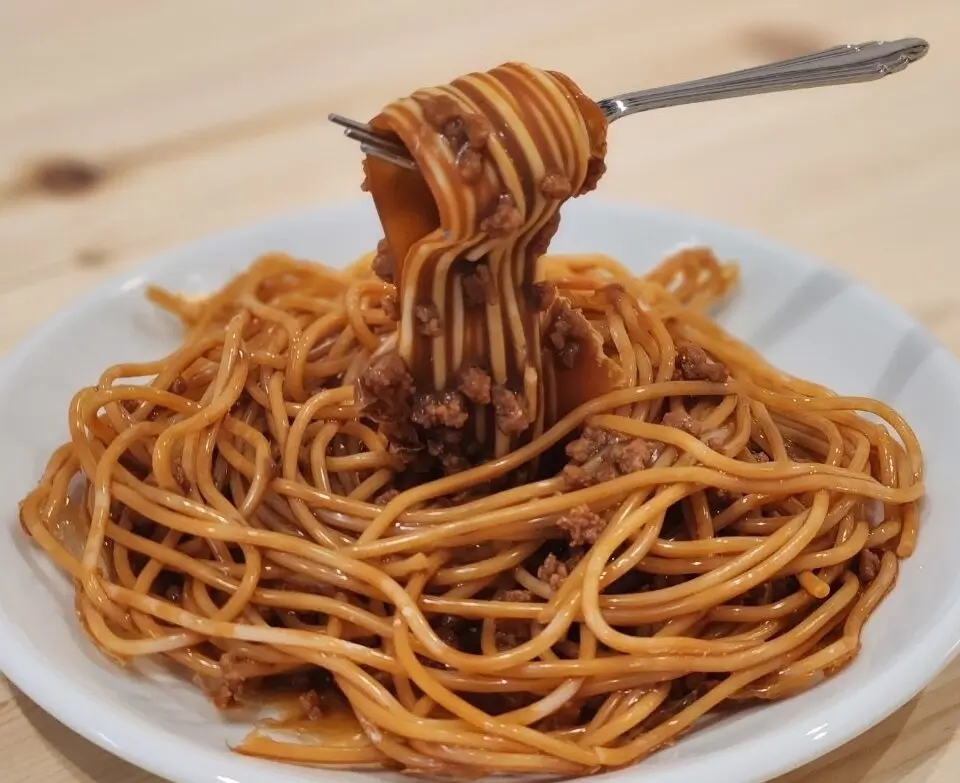
Contents
- What are food samples?
- History of food samples
- Classic food samples
- Some to-be classic food samples
- Various benefits of using food samples
- Summary
1. What are food samples?
Food samples are models of food produced to imitate real food.
The purpose of this is to display these food samples in front of restaurants so as to recreate a realistic looking menu.
This is often the case in many restaurants in Japan.
Food samples originated in Japan, and has been supported by its culture and technology since the beginning.
Yet, the demand for food samples had been declining due to the decreased number of privately owned restaurants.
On the contrary, food samples have been gaining worldwide recognition for its immaculate details, and are being treated as something in the “realm of art”.
For more information on food samples, check out our article What are food samples?
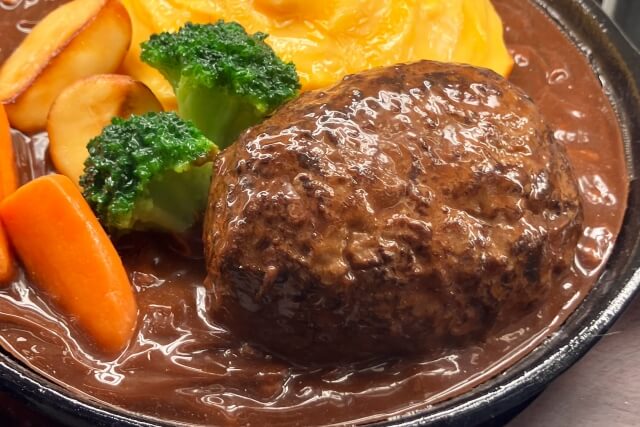
2. History of food samples
Food samples originated in Japan more than 100 years ago, around the end of the Taisho period (1912-1926).
At the time, they were called ryori mokei (cooking models) or ryori mihon (food models).
When food samples appeared in a department store in Osaka, a food sample frenzy took place.
It was at this time that the Japanese food sample business began to thrive.
Restaurants developed a new ordering system to improve the restaurant turnover.
These food vendors placed food samples outside where customers could purchase the meal tickets which corresponded to the food samples.
This led to a significant increase in sales at many restaurants.
For more information on the history of food samples, have a look at our article Why Did Food Samples Become Popular in Japan?
In the past, food samples were made out of wax.
But food samples made of wax tended to melt in direct sunlight, so nowadays, most food samples are made of synthetic resin, vinyl chloride, silicone, and gelatin, all of which are more durable than wax.
3. Classic food samples
Savoury food
What comes to mind when you think of food samples?
There are many, from pasta to omurice to cream soda, but some of you may recognise the “lift-up” type.
When food samples began proliferating in the late Taisho era to early Showa era, food samples needed to differentiate themselves from photos so as to create a feature about them that would be unique.
Of the features was not only to create food samples which mimicked the real food, but to incorporate a “lifting” element to them.
Many food samples like pasta, ramen, and soba has been made in this entertaining way.
Sushi is also said to have a “pick-up” type, and there are food samples of sushi that capture the exact moment when it is dipped in soy sauce.
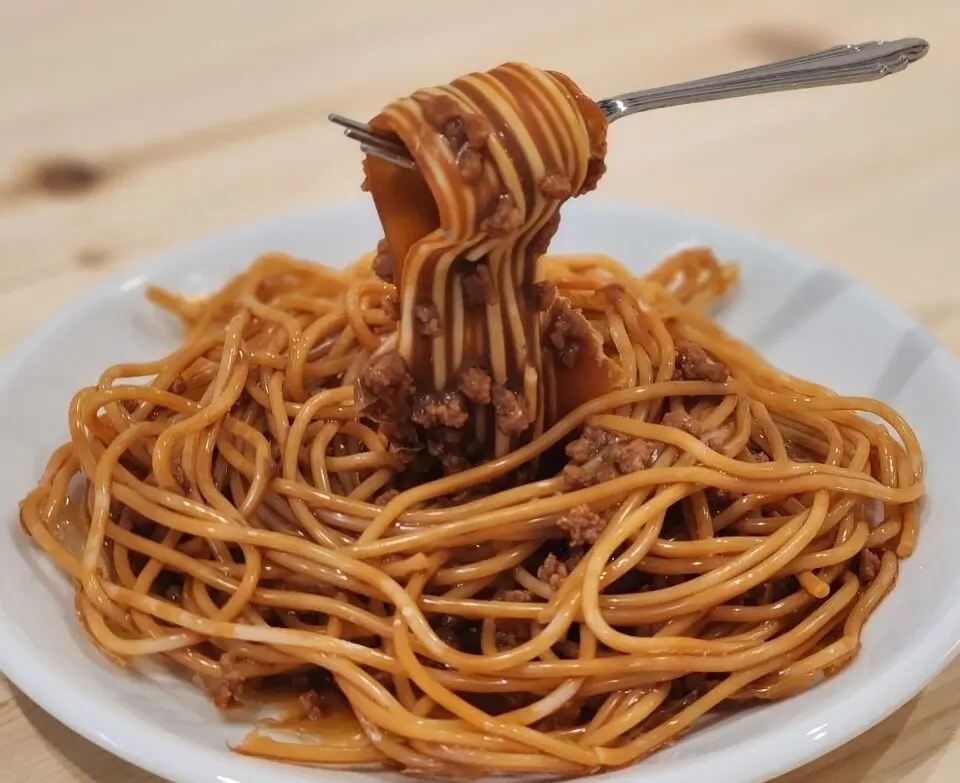
Other popular types of food samples are tempura and lettuce.
These can be made using a few simple steps.
Tempura food samples are made with traditional wax.
The wax is dropped into warm water to produce the uneven batter that coats the shrimp.
As for lettuce food samples, liquid white wax is poured into hot water and stretched thin.
The fluffy texture of lettuce can be reproduced by boldly stretching it in the water and then crumpling it up above the water.
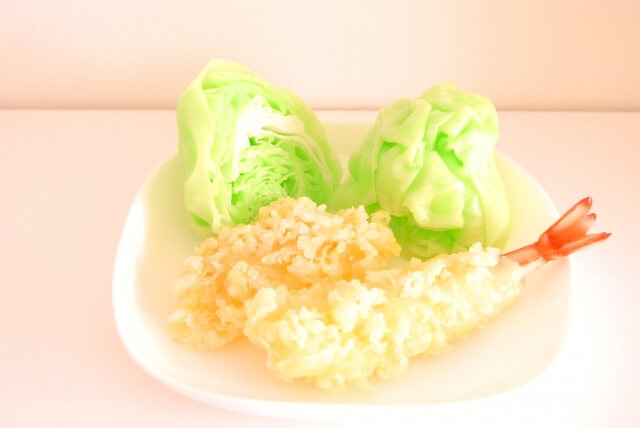
Drinks
Another classic food sample is cream soda.
It was on the front cover of the magazine “Shokuhin Sample Hyakkaten”
It is a typical drink from a Showa era coffee shop.
Even the younger generation who hasn’t exactly lived through the Showa era may feel nostalgic seeing cream soda sample in the displays.
Desserts
Food samples of desserts are also popular.
Various manufacturers make strawberry cakes, with some making retro-themed caked and others focusing on modern designs.
It is also interesting to note that the image of the cake differs depending on the manufacturer.
Food samples of crepes are also a classic.
These food samples are unique in the sense that they display the ingredients inside the crepe, rather than reproducing the crepes in the way they are served.
This enables us to see what is inside the crepe when choosing which crepe to buy.
This is especially beneficial because the contents of the crepe cannot be seen when eating it, so food samples can be used in times like this.
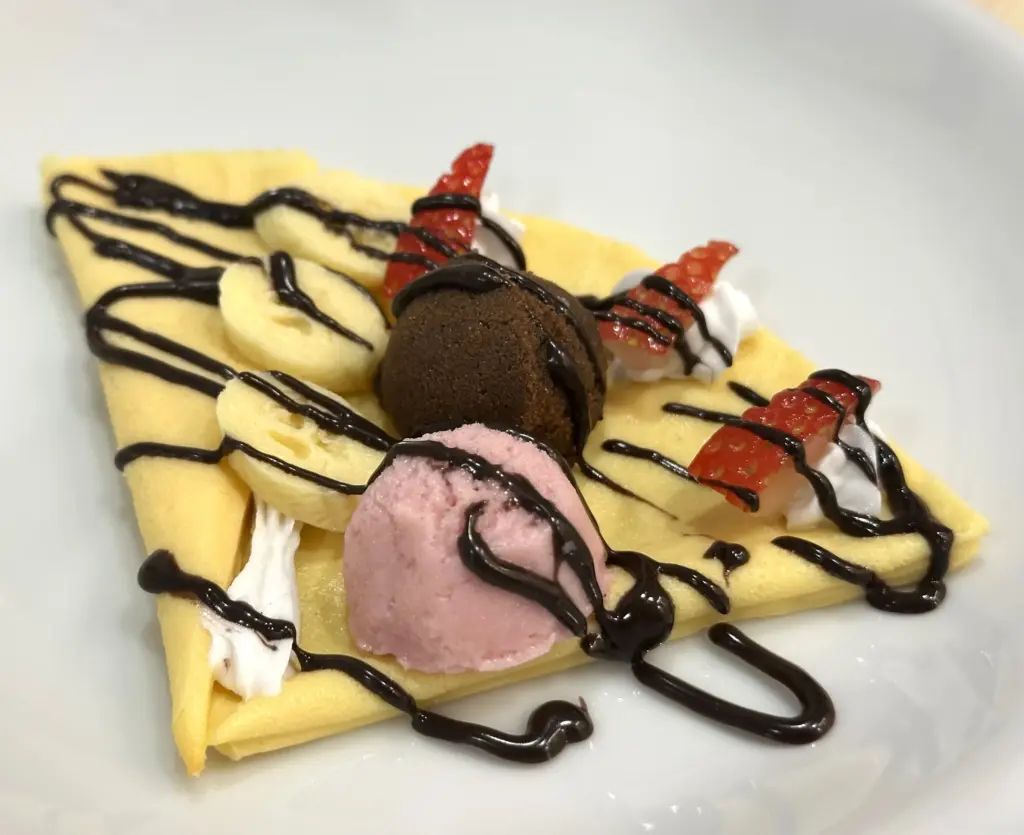
4. Some to-be classic food samples
Food sample miscellaneous goods and accessories are gaining popularity in Japan and abroad.
Some of them include a keychain of a half-eaten gyoza, and a keychain of half-bitten dorayaki.
This playful spirit is both exciting and appetising to look at.
No doubt if you have one of these keychains attached to your bag, it would sure make us salivate.
BEAMS Sample Koubou Website
5. Various benefits of using food samples
First of all, unlike real food, food samples maintain their shape, and does not deteriorate as quickly.
So one of the many benefits of food samples is that they keep the “best moment” of the food.
There are companies who have made the most out of this feature.
In beer commercials, food samples are used to create the perfect moment when bubbles appear.
If they were to use real beer, the mug could get fogged up due to temperature differences and will not look as appealing on screen.
This makes time management easier for producing such commercials.
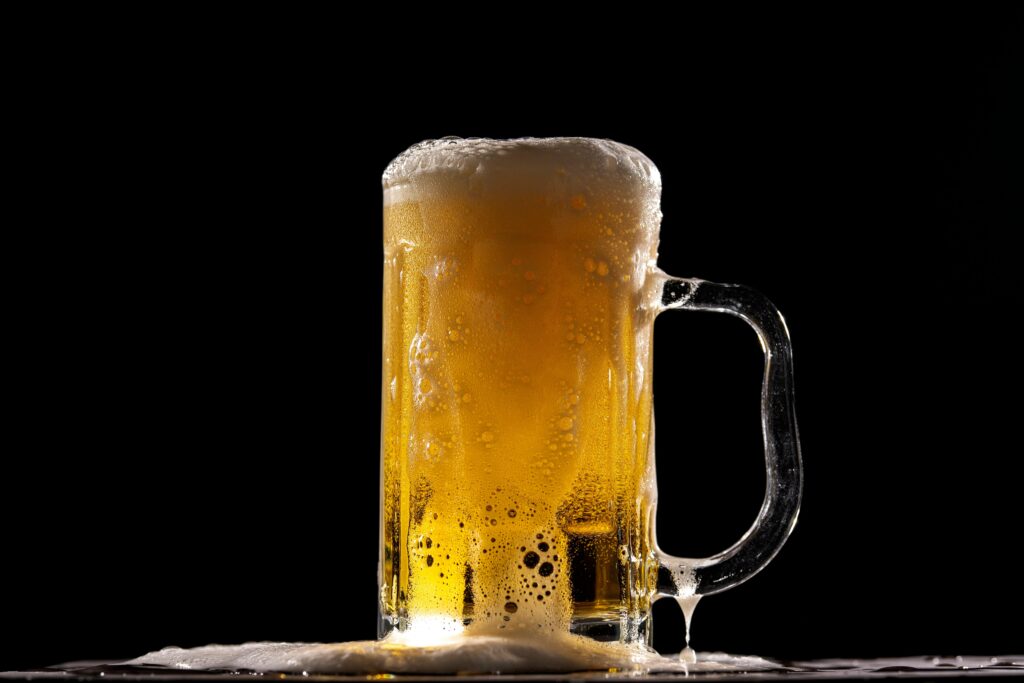
Food samples on display are effective promotional tools.
They can also provide an understanding of the contents and volume of food that cannot be obtained from just text alone.
Food samples can be used to emphasise what differentiates your food from other similar restaurants, whilst foreign customers can enjoy Japanese food, transcending language barriers with food samples.
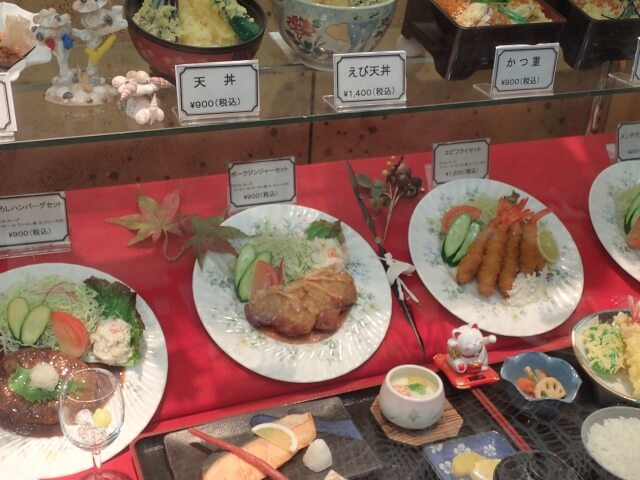
6. Summary
It is because food samples are deeply rooted into Japanese culture that we have “classic” examples of them.
We hope you learnt something new about food samples today.We await you in Food Sample Making Cafe!
What are we?
We run Food Sample Making Cafe at Asakusa, Tokyo in Japan.
Here you can immerse yourself in Japanese culture through experiencing food sample making.
We will carefully teach you how to make authentic, professional-grade food samples, so everyone from adults to children can enjoy it!
Your food sample will be completed in about an hour, and you can take it home right away.
The cafe is an indoor interactive zone, so it is recommended for sightseeing on rainy or hot/cold days.
If you want to try making food samples of your own, why not join us?
Reservations can be made here.
Unauthorized copying and replication of the contents of this site, text and images are strictly prohibited.

